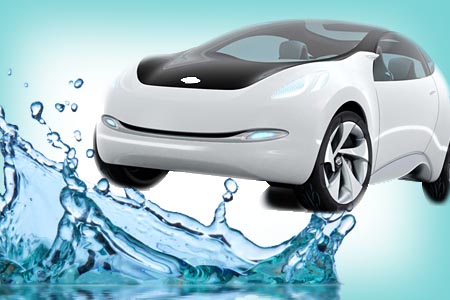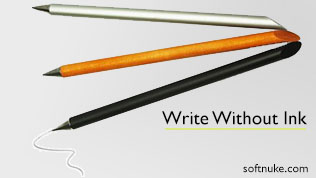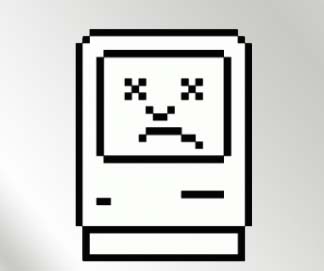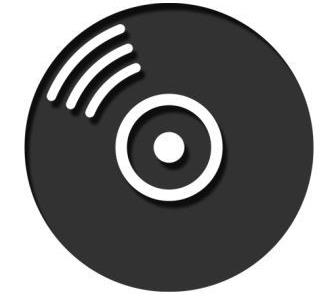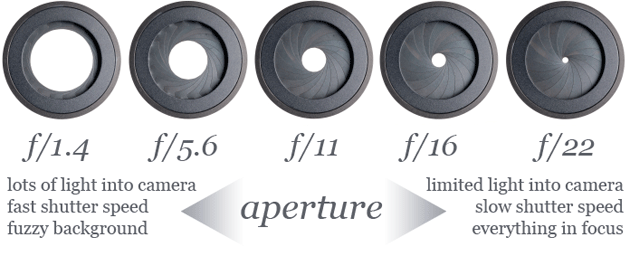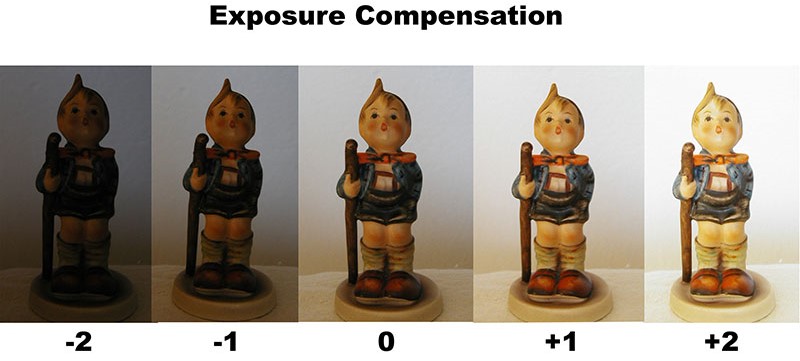Climate change has received global attention due to the dangers it poses not only on future generation, but also on current generation. Global warming has been discussed and solution being sort at regional and international level. It is the subject on international and local newspaper, science journals, radio and televisions, social media such as Facebook and twitter.
World leaders have converged series of conferences to address the issue and signed treaties (for example, Kyoto protocol) to curb pollution and subsequently global warming and climate change. Of recent and more sustainable way to address the issue is development of water powered vehicles.
Water powered vehicle are thought to be the way out in solving energy crisis around the globe, for example, due to fuel shortage in 2008, many countries faced economic turmoil and most of automotive industry realised low profit. Use of water is forthcoming in solving such problems since water is readily available; in fact it covers 70% of the universe.
Power Production
Water is made up of three atoms, two hydrogen atoms and one oxygen atom, which are bound by hydrogen bonds. Through electrolysis process, bonds are broken and the molecule separates to yield hydrogen molecules and oxygen.
With most of water powered engines, it uses membrane electrode assembly (MEA) to split water molecule. The engine needs to be supplied with air and water to function. Hydrogen produced is used to power engine, while the by product is water vapour and is released to the atmosphere. Water vapour is pollutant free.
Advantages of water as source of power
Water is readily available, in most cases, water is in excess. Water engines can solve the problem of high fuel prices especially to users of gasoline powered machines. Oil prices are sky rocketing each day with some people particularly in developing world and sub-Saharan Africa in particular, almost not able to buy gasoline fuel. In some countries, a litre of gasoline is more expensive than daily earning, this is more pronounced to unemployed individuals.
More powerful- scientist have proved beyond doubt that water powered engines are more powerful than gasoline, in fact; water is 2.5 more powerful than gasoline fuel. It can be used to run heavy machines and vehicles.
More environmental friendly
Gasoline produces some greenhouse gases such as carbon dioxide. This is the major cause of global warming and climate change evident in many parts of the world, for example, the rising of ocean level such as Atlantic Ocean and Indian Ocean, Hurricane such as Katrina in 2005 that left many people dead and damaged a lot of property in US. Such occurrence can be alleviated by use of water engine fuel because use of gasoline engines is among the major cause of environmental pollution.
Boosting developing countries economy- though developed countries are major pollutant, it is unfortunate because developing countries suffer more, for instance, most African countries rely on agriculture as the main source of capital and foreign exchange. Slight adverse change in environment will cost them more due to the fragile nature of the economy, use of water powered vehicle will result into reliable agriculture in these countries because the weather will be more predictable, furthermore, this will reduce death rate in these countries because disaster management and mitigation measures will be put in place.
Save the non-renewable sources of energy, this will help to curb depleting non-renewable energy sources. It is good to keep yourself posted on current issues in automotive industry, and you can contact DVLA contact number for more information on water powered vehicle.
